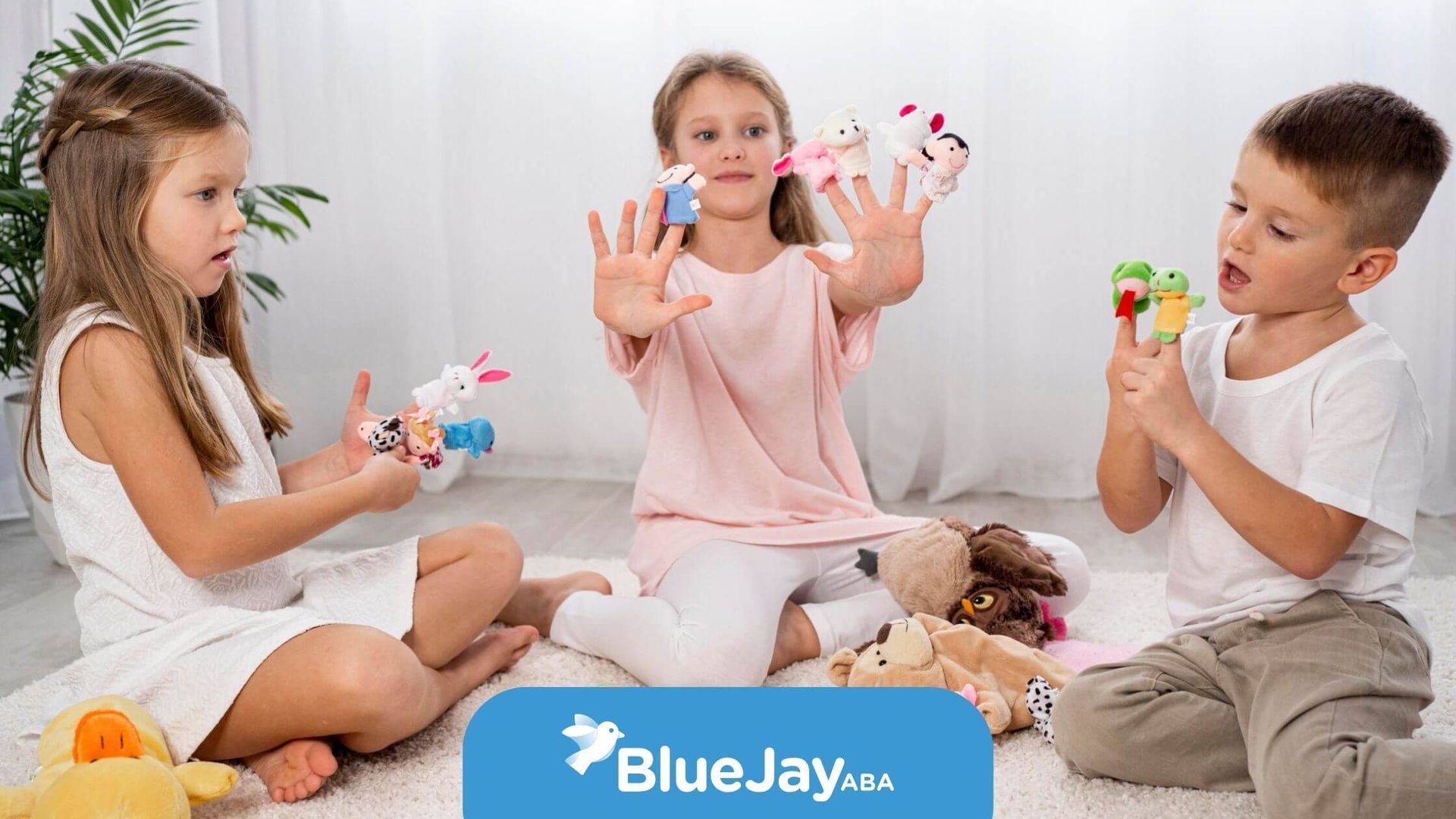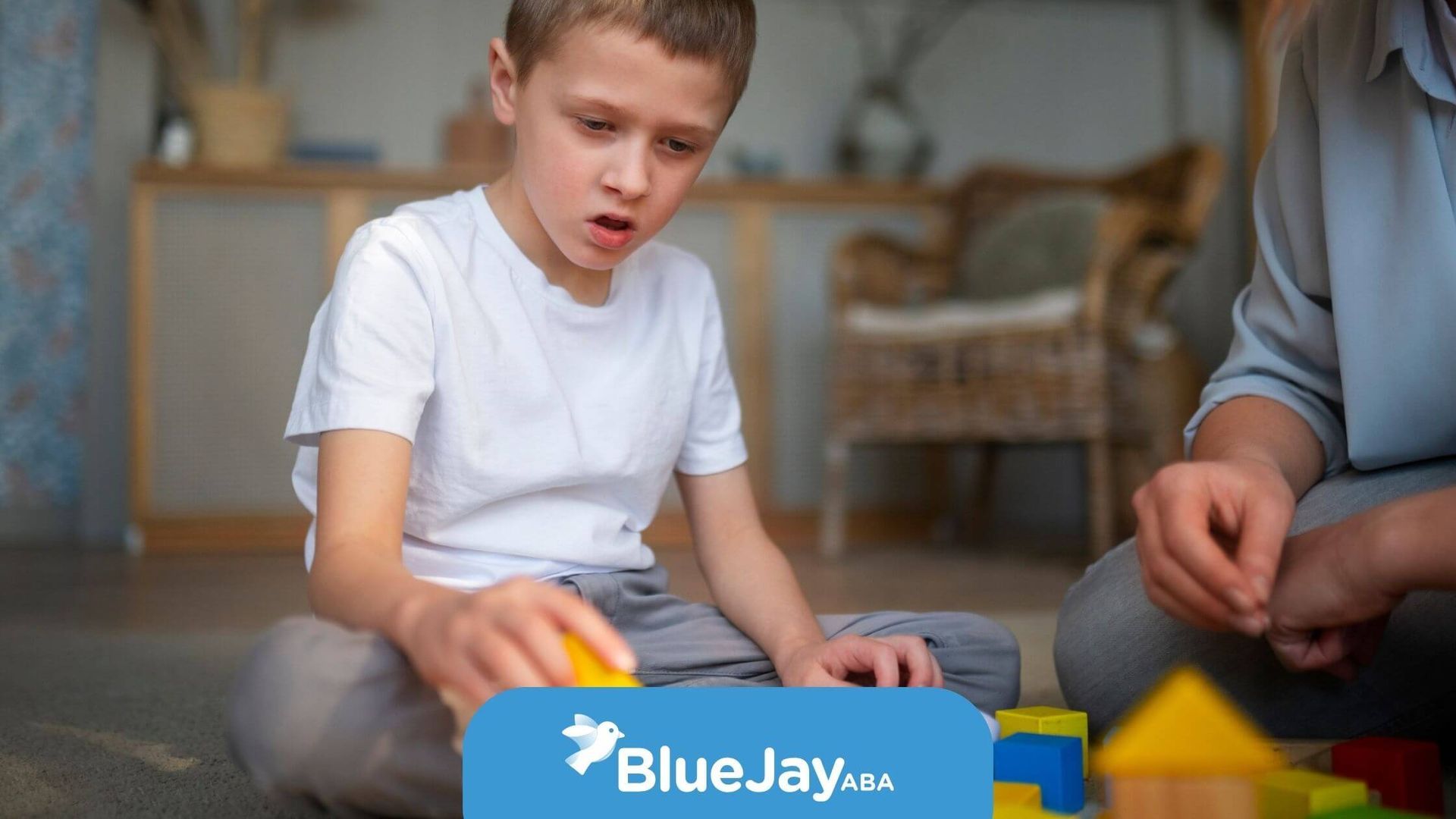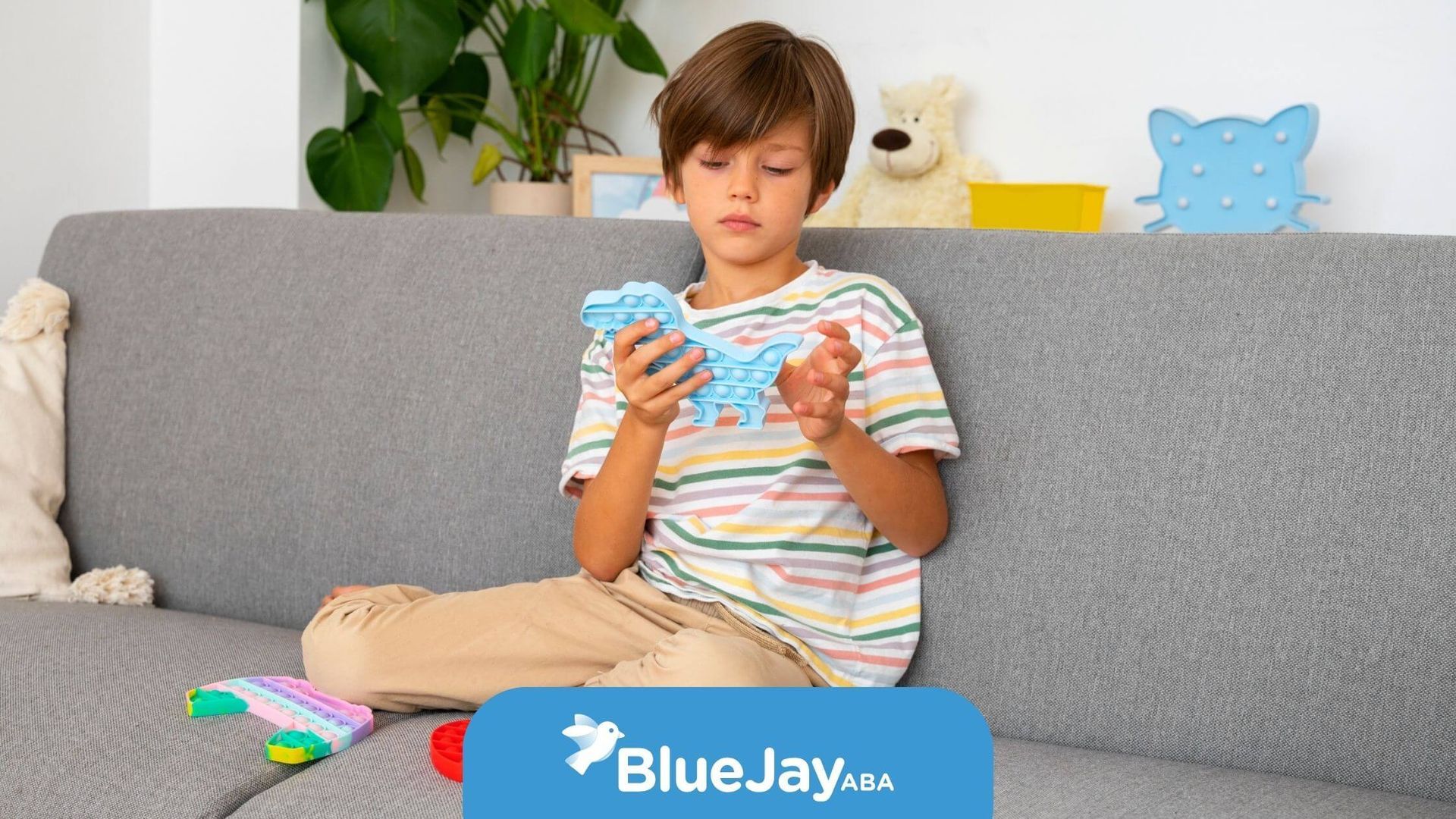How to Overcome ABA Therapy Challenges and Help Kids Thrive
Key Highlights
- Identify the challenges commonly faced during ABA therapy sessions with autistic children and their caregivers.
- Gain insight into effective ways to bridge communication barriers and build vital communication skills during therapy.
- Discover strategies grounded in behavior analysis to address challenging and harmful behaviors for positive outcomes.
- Understand how caregiver involvement and consistent implementation at home impact overall progress in applied behavior analysis.
- Learn how personalizing reinforcement approaches can improve learner motivation and engagement for long-term success.
- Access answers to FAQs about ABA therapy, offering practical advice for families navigating the therapy process.
ABA therapy can open doors for children on the autism spectrum, helping them gain communication, social, and daily living skills. But let’s be honest—there are times when progress feels slow, behaviors become overwhelming, and both parents and therapists feel stuck.
I remember working with Liam, a sweet five-year-old who barely made eye contact and resisted any structured activity. His parents were exhausted, unsure if our home-based ABA therapy sessions would truly help. What we learned together reshaped the way I approach therapy—and I’ll share those lessons with you in this guide.
Communication Barriers in ABA Therapy
What Makes It Challenging
Many autistic children struggle with eye contact, expressing needs, or picking up social cues. I once worked with a 4-year-old named Ali who didn’t request his favorite toy verbally. Instead, he dropped it and waited for someone to notice—frustrating for everyone involved.
According to a large study of 1,468 children, intensive ABA significantly boosts language and cognitive skills—effect sizes ranged from 1.68 to 1.85 for language alone.
Strategies That Work
1. Positive Reinforcement
Celebrate small communication attempts—eye contact, gestures, or single words—to encourage progress.
2. Break It Down (Task Analysis)
Teach step-by-step: "Look at me" → "Say 'toy'" → "Ask ‘toy’." This reduces overwhelm.
3. Use Interests for Engagement
If a child loves trains, build communication around train-related play.
4. Functional Communication Training (FCT)
Focus on requesting rather than alphabet drills. For example, teach a child to say "help" when they want something.
5. Family Collaboration
At home, we used visual schedules with stickers. His mom texted me the wins—within weeks, Ali asked for "more trains" consistently.
Handling Challenging Behaviors
Understanding the ‘Why’
Behaviors like biting, stimming, or masking aren’t random—they have purpose. In one case, Ali started hitting during loud fire alarms. Identifying the trigger helped us introduce noise-cancelling headphones and teach her to request breaks.
Effective ABA Techniques
- Pivotal Response Training (PRT): Boosts motivation and engagement in natural settings.
- Discrete Trial Training (DTT): Breaks skills into small, repeatable steps.
Studies show PRT and DTT both work—but each child responds differently.
Over 86% of children using ABA showed improvement; for teens, it was 71%.
Parental & Caregiver Involvement
Why It Matters
Parents are key partners. In a parent-led ABA study, caregivers trained for 40+ hours achieved significant progress in just 90 days.
Practical Tips
1. Set Home Routines
Visual schedules or timers can promote smooth transitions—combining ABA techniques with daily life.
2. Generalize Goals
Practice social skills with neighbors or siblings, not just in therapy rooms.
3. Keep Communication Open
Use brief weekly check-ins. Share what’s working and adjust together.
4. Track Small Wins
Short notes about progress help therapists refine strategies and celebrate milestones.
Boosting Motivation and Engagement
Danger of Repetition
Children may lose interest if therapy becomes predictable. I’ve seen clients switch from eager to disengaged when tasks weren’t updated based on their interests.
What Helps
- Personalized Rewards: If a child loves bubbles, use bubble time as a reward.
- Vary Teaching Formats: Mix up verbal, visual, and hands-on methods.
- Give Choices: Let the child pick between two preferred tasks.
- Celebrate Progress: A simple "You did it!" goes a long way.
- Incorporate Their Interests: If they love dinosaurs, incorporate dino themes into tasks.
Personalizing Reinforcement Strategies
One Size Doesn’t Fit All
Rewards should match each child's preferences—and evolve. A sticker might be exciting at first, but a book or tablet game might motivate later on.
Track effectiveness weekly and switch rewards when needed. This keeps engagement high and fading resistant.
Conclusion
ABA can be incredibly effective—but it requires understanding, flexibility, and teamwork. With clear communication, behavior insights, caregiver engagement, and personalized rewards, families and therapists can help autistic children thrive.
Ready to make ABA therapy easier for your child?
At Blue Jay ABA, we believe every family deserves compassionate, customized support. Our experienced therapists work hand-in-hand with parents to create a plan that truly works—at home, in school, and in the community.
Schedule a free consultation today and discover how we can help your child thrive with ABA therapy in North Carolina tailored just for them.
FAQs
What are the most common challenges faced during ABA therapy sessions?
In ABA therapy, people often face some challenges. These can be things like having a hard time talking with others, not wanting to accept change, trouble using what they learn in new places, not always joining in, or showing more problem behaviors. The therapy depends on behavior analysts to help with these problems. They do this by collecting data, using positive reinforcement, and getting caregivers involved in setting ABA goals.
How can parents help their child succeed in ABA therapy?
Parents can help with consistency by using ABA principles at home. They should also support the skills taught in therapy and work with ABA therapists. Talking often, being consistent in all places, and helping with treatment plans all help make outcome measures better.
What should I do if my child resists ABA therapy activities?
You can lower resistance by using positive reinforcement that fits your child’s unique needs. Try to include the things they like. Begin with tasks that are easy for them. Work on building trust with them during therapy. This can help them be more motivated and interested as time goes on. Using positive reinforcement that is right for your child can really make a difference.
How long does it usually take to see progress in ABA therapy?
Progress can be different for each person. This happens because of things like how often they have therapy, their age, and what problems they have. Most families see some good changes in a few months. For the best results, it is important to follow treatment plans with consistency. Over longer therapy sessions, changes last the most.
Sources:
- https://cardinalscholar.bsu.edu/server/api/core/bitstreams/194f31d5-a1e7-4fbd-8c29-e567ab7c90aa/content
- https://www.marcus.org/autism-resources/autism-tips-and-resources/tackling-problem-behaviors
- https://pmc.ncbi.nlm.nih.gov/articles/PMC5924584/
- https://pmc.ncbi.nlm.nih.gov/articles/PMC5702301/
- https://www.autismspeaks.org/expert-opinion/what-discrete-trial-training
Related Posts






